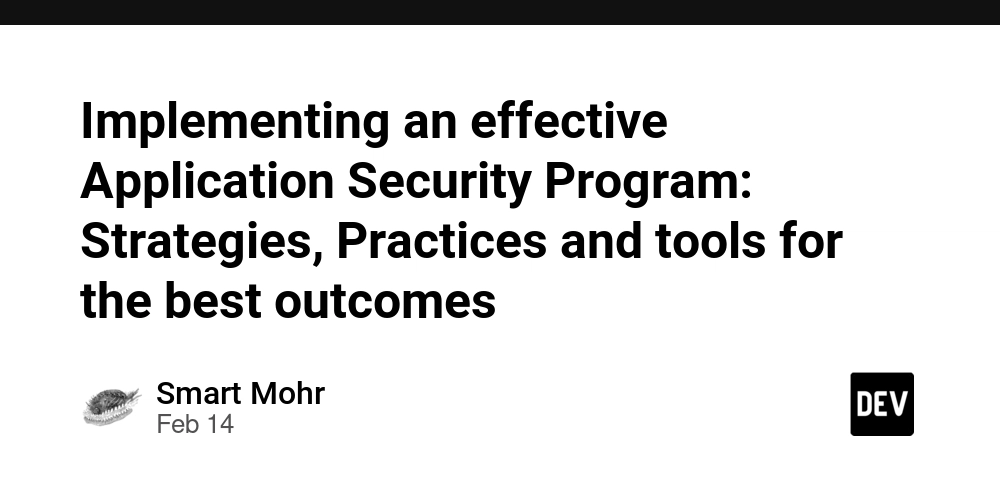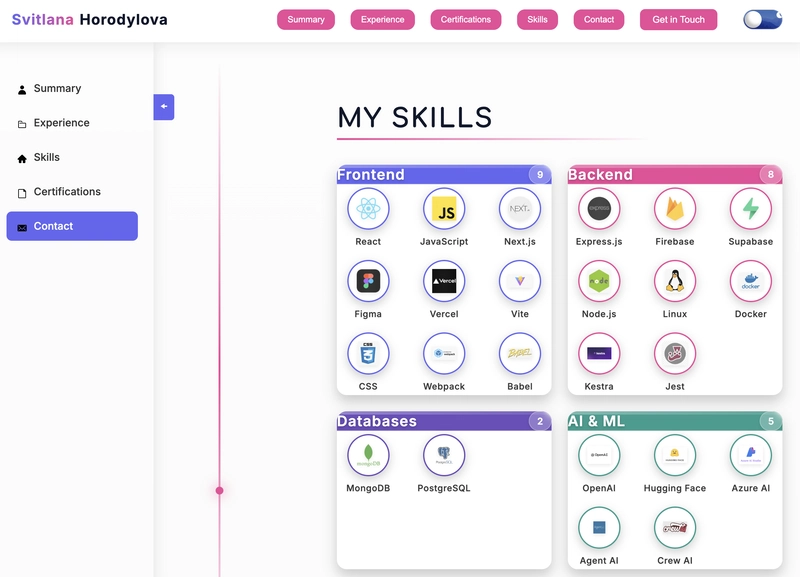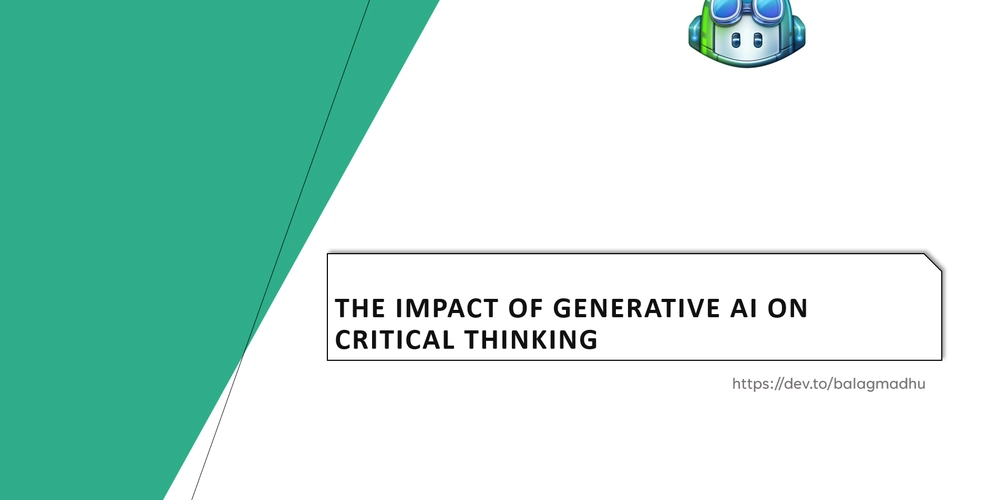Implementing an effective Application Security Program: Strategies, Practices and tools for the best outcomes
AppSec is a multifaceted, robust method that goes beyond the simple vulnerability scan and remediation. The constantly changing threat landscape in conjunction with the rapid pace of technological advancement and the growing intricacy of software architectures, demands a holistic, proactive approach that seamlessly incorporates security into every phase of the development lifecycle. This comprehensive guide explores the most important components, best practices and cutting-edge technology used to build a highly-effective AppSec program. It empowers companies to improve their software assets, mitigate risks and foster a security-first culture. A successful AppSec program is built on a fundamental shift in the way people think. Security must be seen as a vital part of the process of development, not just an afterthought. This paradigm shift requires close collaboration between security personnel as well as developers and operations personnel, removing silos and encouraging a common belief in the security of applications that they design, deploy, and manage. In embracing a DevSecOps method, organizations can integrate security into the fabric of their development workflows and ensure that security concerns are addressed from the early stages of ideation and design until deployment as well as ongoing maintenance. One of the most important aspects of this collaborative approach is the creation of clearly defined security policies, standards, and guidelines which establish a foundation for safe coding practices, risk modeling, and vulnerability management. These policies should be based upon industry best practices, like the OWASP Top Ten, NIST guidelines, and the CWE (Common Weakness Enumeration), while also taking into consideration the individual requirements and risk profile of the specific application and the business context. These policies should be codified and easily accessible to all interested parties, so that organizations can be able to have a consistent, standard security strategy across their entire application portfolio. To implement these guidelines and make them practical for development teams, it's vital to invest in extensive security education and training programs. These initiatives should aim to equip developers with the knowledge and skills necessary to create secure code, recognize vulnerable areas, and apply security best practices throughout the development process. The course should cover a wide range of areas, including secure programming and common attack vectors as well as threat modeling and security-based architectural design principles. Organizations can build a solid base for AppSec by fostering an environment that promotes continual learning, and giving developers the resources and tools they require to integrate security into their work. Security testing is a must for organizations. and verification procedures along with training to detect and correct vulnerabilities before they can be exploited. This is a multi-layered process that encompasses both static and dynamic analysis techniques and manual penetration tests and code review. Static Application Security Testing (SAST) tools are able to study the source code to identify possible vulnerabilities, like SQL injection cross-site scripting (XSS), and buffer overflows early in the process of development. Dynamic Application Security Testing tools (DAST), on the other hand, can be used for simulated attacks against applications in order to discover vulnerabilities that may not be detected by static analysis. While these automated testing tools are vital to identify potential vulnerabilities at scale, they are not an all-purpose solution. manual penetration testing performed by security professionals is essential to uncovering complex business logic-related weaknesses that automated tools might fail to spot. By combining automated testing with manual validation, organizations are able to gain a better understanding of their application security posture and prioritize remediation based on the impact and severity of vulnerabilities that are identified. Enterprises must make use of modern technologies like machine learning and artificial intelligence to increase their capabilities in security testing and vulnerability assessments. AI-powered tools can analyse large quantities of code and application data and detect patterns and anomalies that may signal security concerns. They can also enhance their ability to identify and stop emerging threats by learning from the previous vulnerabilities and attacks patterns. Code property graphs can be a powerful AI application within AppSec. They can be used to identify and repair vulnerabilities more precisely and effectively. CPGs provide a comprehensive representation of the codebase of an application that not only shows the syntactic structure of the application but as well as the intricate dependencies and relationships between components. Through the use of CPGs AI-driven to

AppSec is a multifaceted, robust method that goes beyond the simple vulnerability scan and remediation. The constantly changing threat landscape in conjunction with the rapid pace of technological advancement and the growing intricacy of software architectures, demands a holistic, proactive approach that seamlessly incorporates security into every phase of the development lifecycle. This comprehensive guide explores the most important components, best practices and cutting-edge technology used to build a highly-effective AppSec program. It empowers companies to improve their software assets, mitigate risks and foster a security-first culture.
A successful AppSec program is built on a fundamental shift in the way people think. Security must be seen as a vital part of the process of development, not just an afterthought. This paradigm shift requires close collaboration between security personnel as well as developers and operations personnel, removing silos and encouraging a common belief in the security of applications that they design, deploy, and manage. In embracing a DevSecOps method, organizations can integrate security into the fabric of their development workflows and ensure that security concerns are addressed from the early stages of ideation and design until deployment as well as ongoing maintenance.
One of the most important aspects of this collaborative approach is the creation of clearly defined security policies, standards, and guidelines which establish a foundation for safe coding practices, risk modeling, and vulnerability management. These policies should be based upon industry best practices, like the OWASP Top Ten, NIST guidelines, and the CWE (Common Weakness Enumeration), while also taking into consideration the individual requirements and risk profile of the specific application and the business context. These policies should be codified and easily accessible to all interested parties, so that organizations can be able to have a consistent, standard security strategy across their entire application portfolio.
To implement these guidelines and make them practical for development teams, it's vital to invest in extensive security education and training programs. These initiatives should aim to equip developers with the knowledge and skills necessary to create secure code, recognize vulnerable areas, and apply security best practices throughout the development process. The course should cover a wide range of areas, including secure programming and common attack vectors as well as threat modeling and security-based architectural design principles. Organizations can build a solid base for AppSec by fostering an environment that promotes continual learning, and giving developers the resources and tools they require to integrate security into their work.
Security testing is a must for organizations. and verification procedures along with training to detect and correct vulnerabilities before they can be exploited. This is a multi-layered process that encompasses both static and dynamic analysis techniques and manual penetration tests and code review. Static Application Security Testing (SAST) tools are able to study the source code to identify possible vulnerabilities, like SQL injection cross-site scripting (XSS), and buffer overflows early in the process of development. Dynamic Application Security Testing tools (DAST), on the other hand, can be used for simulated attacks against applications in order to discover vulnerabilities that may not be detected by static analysis.
While these automated testing tools are vital to identify potential vulnerabilities at scale, they are not an all-purpose solution. manual penetration testing performed by security professionals is essential to uncovering complex business logic-related weaknesses that automated tools might fail to spot. By combining automated testing with manual validation, organizations are able to gain a better understanding of their application security posture and prioritize remediation based on the impact and severity of vulnerabilities that are identified.
Enterprises must make use of modern technologies like machine learning and artificial intelligence to increase their capabilities in security testing and vulnerability assessments. AI-powered tools can analyse large quantities of code and application data and detect patterns and anomalies that may signal security concerns. They can also enhance their ability to identify and stop emerging threats by learning from the previous vulnerabilities and attacks patterns.
Code property graphs can be a powerful AI application within AppSec. They can be used to identify and repair vulnerabilities more precisely and effectively. CPGs provide a comprehensive representation of the codebase of an application that not only shows the syntactic structure of the application but as well as the intricate dependencies and relationships between components. Through the use of CPGs AI-driven tools are able to perform deep, context-aware analysis of a system's security posture, identifying vulnerabilities that may be missed by traditional static analysis methods.
CPGs are able to automate the remediation of vulnerabilities using AI-powered techniques for code transformation and repair. In order to understand the semantics of the code and the nature of the weaknesses, AI algorithms can generate specific, contextually-specific solutions that solve the root cause of the issue rather than simply treating symptoms. This technique not only speeds up the remediation process but lowers the chance of creating new security vulnerabilities or breaking functionality that is already in place.
Integrating security testing and validation to the continuous integration/continuous delivery (CI/CD), pipeline is an additional element of a successful AppSec. Through automated security checks and integrating them into the process of building and deployment, organizations can catch vulnerabilities earlier and stop them from making their way into production environments. This shift-left approach to security allows for rapid feedback loops that speed up the amount of time and effort needed to identify and remediate issues.
To reach the required level, they have to put money into the right tools and infrastructure to assist their AppSec programs. This goes beyond the security tools but also the platforms and frameworks that enable seamless integration and automation. Containerization technologies such Docker and Kubernetes are able to play an important role in this regard by providing a consistent, reproducible environment to run security tests and isolating the components that could be vulnerable.
Effective collaboration tools and communication are as crucial as the technical tools for establishing an environment of safety and enabling teams to work effectively in tandem. Issue tracking tools such as Jira or GitLab help teams determine and control the risks, while chat and messaging tools such as Slack or Microsoft Teams can facilitate real-time communication and sharing of knowledge between security specialists as well as development teams.
The success of an AppSec program isn't solely dependent on the technologies and instruments used and the staff who help to implement it. A strong, secure culture requires leadership buy-in as well as clear communication and a commitment to continuous improvement. The right environment for organizations can be created that makes security more than just a box to check, but rather an integral component of the development process by fostering a sense of accountability by encouraging dialogue and collaboration by providing support and resources and creating a culture where security is a shared responsibility.
application security with AI To ensure the longevity of their AppSec program, companies should also focus on establishing meaningful measures and key performance indicators (KPIs) to monitor their progress and find areas for improvement. These metrics should be able to span the entire application lifecycle including the amount of vulnerabilities discovered in the development phase to the duration required to address security issues, as well as the overall security posture of production applications. By regularly monitoring and reporting on these metrics, businesses can demonstrate the value of their AppSec investment, discover trends and patterns and make informed decisions about where to focus their efforts.
To stay on top of the ever-changing threat landscape, as well as the latest best practices, companies must continue to pursue education and training. Attending conferences for industry, taking part in online training or working with experts in security and research from the outside can help you stay up-to-date on the newest trends. By cultivating a culture of continuous learning, companies can ensure that their AppSec program is adaptable and resilient in the face of new challenges and threats.
Additionally, it is essential to recognize that application security is not a once-in-a-lifetime endeavor but a continuous process that requires constant dedication and investments. Organizations must constantly reassess their AppSec strategy to ensure that it remains effective and aligned to their business goals as new technology and development methods emerge. By embracing a mindset that is constantly improving, encouraging cooperation and collaboration, and harnessing the power of advanced technologies like AI and CPGs, organizations can establish a robust, flexible AppSec program that protects their software assets but also lets them be able to innovate confidently in an increasingly complex and challenging digital world.application security with AI









































































































































































![[The AI Show Episode 142]: ChatGPT’s New Image Generator, Studio Ghibli Craze and Backlash, Gemini 2.5, OpenAI Academy, 4o Updates, Vibe Marketing & xAI Acquires X](https://www.marketingaiinstitute.com/hubfs/ep%20142%20cover.png)


























































































































![[FREE EBOOKS] The Kubernetes Bible, The Ultimate Linux Shell Scripting Guide & Four More Best Selling Titles](https://www.javacodegeeks.com/wp-content/uploads/2012/12/jcg-logo.jpg)



![From drop-out to software architect with Jason Lengstorf [Podcast #167]](https://cdn.hashnode.com/res/hashnode/image/upload/v1743796461357/f3d19cd7-e6f5-4d7c-8bfc-eb974bc8da68.png?#)







































































































.png?#)




.jpg?#)




















 (1).webp?#)











_Christophe_Coat_Alamy.jpg?#)








































































































![Rapidus in Talks With Apple as It Accelerates Toward 2nm Chip Production [Report]](https://www.iclarified.com/images/news/96937/96937/96937-640.jpg)








































































































































